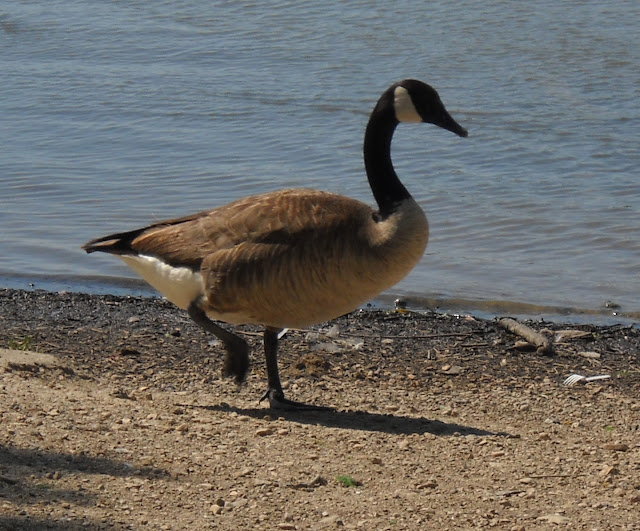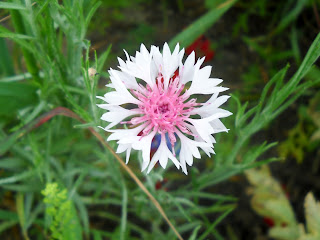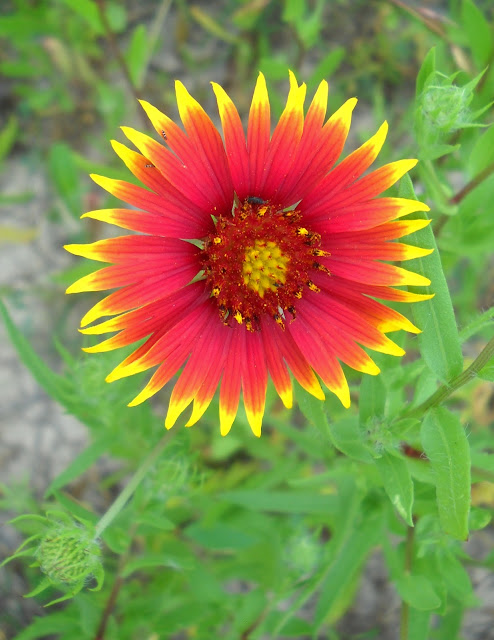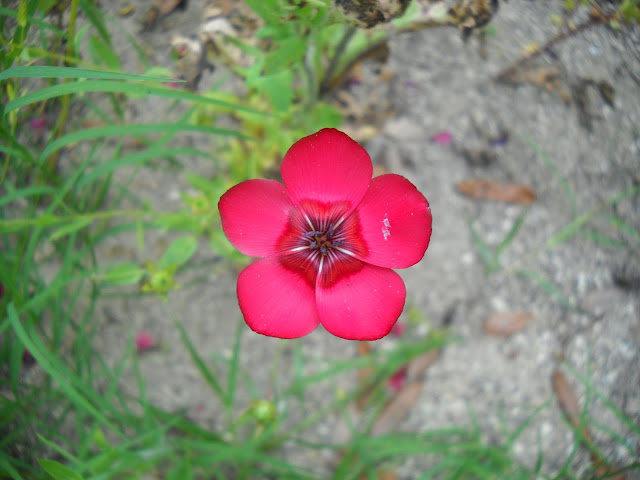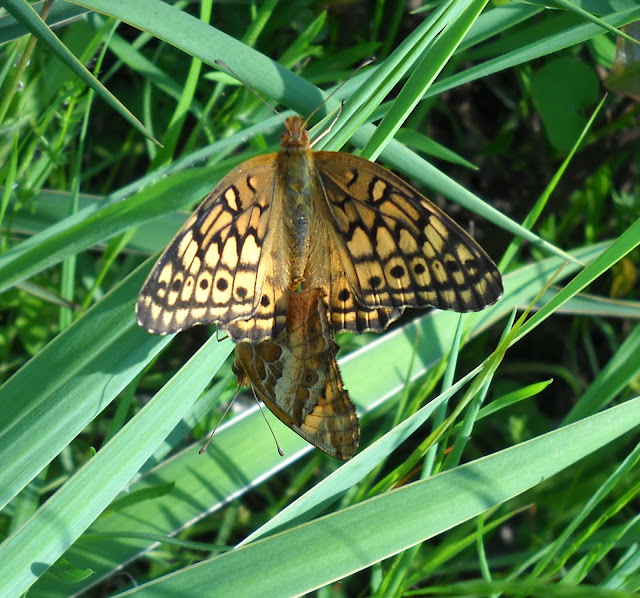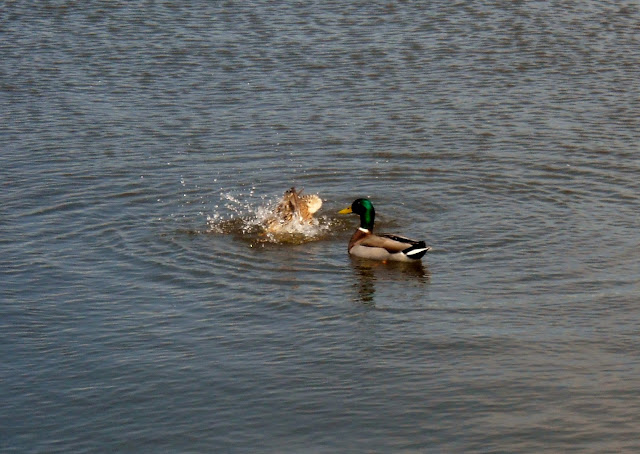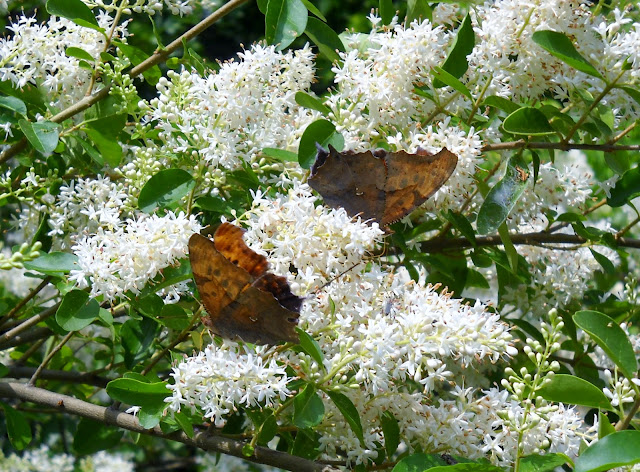Wednesday, April 25, 2012
Today, some migrating Canadian Geese arrived at White Rock
Lake in Dallas, TX, a temporary resting stop on their long journey northward. These
huge, attractive wild geese have a black head with a white “chinstrap,” black neck, and
large black webbed feet with a brownish-gray body.
 | ||||||||||||||||||||||||||||
| A pair of Canada Geese perched on a log in Sunset Bay |
The visitors were not exactly welcomed by the permanently
resident Chinese Geese, who constantly tried to chase off the Canada Geese. Unfortunately
for the local fat, overfed waterfowl the tough-looking visitors were quite
aggressive when they needed to be, and not intimidated by the local geese.
A pair of Canadian Geese resting under a shady tree at Sunset Bay
White Rock Lake
White Rock Lake
The Canada Goose,
Branta Canadensis, is native to arctic and temperate regions of North
America. They breed in Canada and the northern United States, and are mainly
herbivores. Their diet includes green vegetation and grains.
A visiting Canada Goose strolls along the water's edge at Sunset Bay
During the second year of their lives, Canada Geese look for
a mate. They are monogamous, and most couples
stay together for their entire lives.
A lone Canada Goose beside a pool of water
Canada Geese are often recognized by the famous V-formation
when flying in a flock.
Canadian Geese taking in the panoramic view of White Rock Lake
Canada Geese are protected under the Federal Migratory Bird
Act of 1918. In terms of this Act, it is illegal to harm or injure a goose (or
damage or move its eggs) without a Federal permit.
Canadian Geese swimming in Sunset Bay, White Rock Lake
Waterfowl
love Sunset Bay because it is sheltered. It is officially classified as a
wetland, and harbors an array of colorful ducks and other water fowl.
Cooling off on a hot day, this Canada Goose looks at home
in Sunset Bay, White Rock Lake
in Sunset Bay, White Rock Lake
White Rock Lake in Dallas, Texas is on the migration route
from Canada to Mexico.

